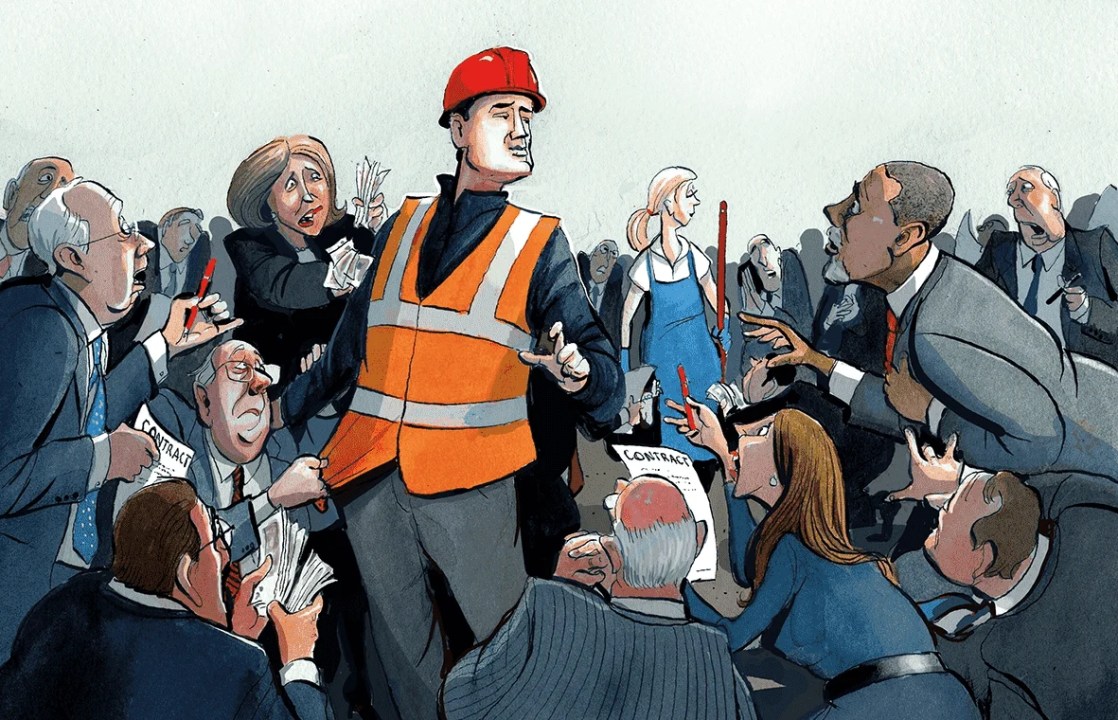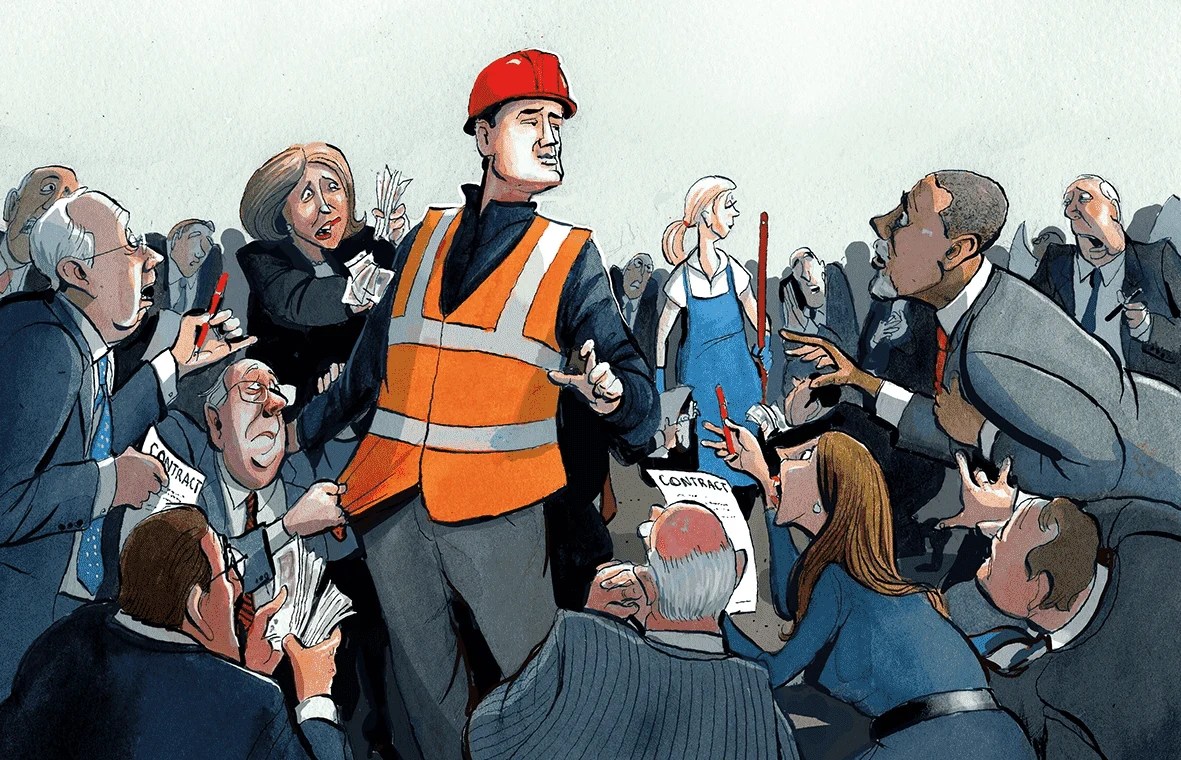The labour market continues to show signs of becoming less tight – but this won’t be fast enough for the Bank of England’s liking. The UK unemployment rate rose to 4 per cent – up 0.2 per cent on the quarter. But this relatively small change is indicative of more people moving off the economic inactivity list, which fell by 0.4 per cent between March and May: a change that the Office for National Statistics largely attributes to men in this latest update.
Meanwhile the number of job vacancies in Britain fell for the twelfth time in a row: down 85,000, but still sitting at 1,034,000. Vacancies are now significantly down from their peak of over 1.2 million, but the great worker shortage continues to fuel inflation, as the UK economy struggles to fill hundreds of thousands of jobs in the labour market, compared to before the pandemic.
But the Bank will be most worried this morning about wage data. Growth in nominal, regular pay (which excludes bonuses) rose to 7.3 per cent between March and May, which ‘equals the highest growth rate also seen last month and during the coronavirus… pandemic period for April to June 2021.’
The Bank’s governor Andrew Bailey remains convinced that the UK’s stubborn inflation rate (at 8.7 per cent on the year in April) and the rise we’re seeing in core inflation (at 7 per cent on the year) is, in part, due to what he calls ‘unsustainable’ pay rises which he believes are creating second-round effects.
There are plenty of reasons to question whether a so-called wage price spiral is actually taking place. This is nothing like the 1970s, when wage increases were keeping pace – and sometimes surpassing – headline inflation. Today, it’s not obvious these pay raises are really even boosting people’s purchasing power. In real terms, wages are still down, by 0.8 per cent for regular pay between March and May – as average wage hikes continue to sit well below the headline inflation rate. This means, despite pay hikes, workers feel worse off. But the Bank insists on pushing this narrative – even though our current inflation woes are far more likely to be the result of the hundreds of billions of pounds of money-printing that the Bank undertook during the pandemic rather than these pay increases.
Capital Economics notes that a key indicator for the Bank – the rate of month-on-month regular pay growth in the private sector – slowed somewhat, from just over 8 per cent to 7.4 per cent, which could be a sign that some heat is coming out of the economy. But CE won’t rule out another 0.5 percentage point increase to the Bank Rate come August, as it’s widely agreed that interest rates will rise again. The question is by how much.
Next week’s inflation data will help inform what the Bank might do next, as market expectation now sees rates peaking closer to 6.5 per cent. But today’s update will have emboldened the Bank to keep going. The rate rise saga is far from over.








Comments